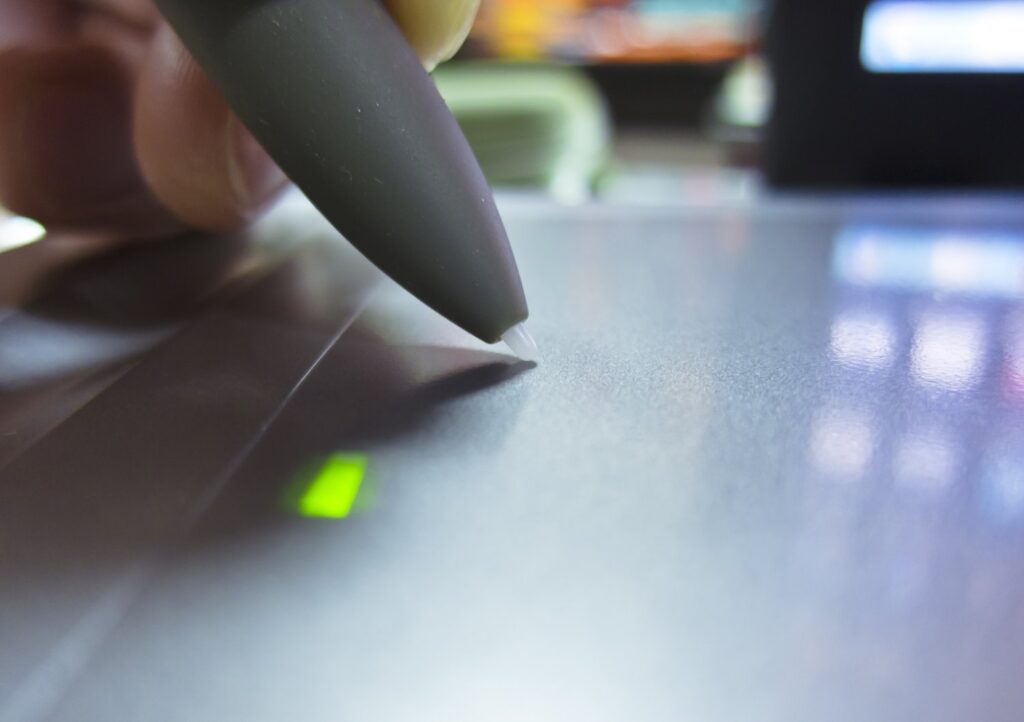Every year, counterfeit products cause massive dents in the global economy, resulting in financial losses and severe health risks.
In 2022, the U.S. Drug Enforcement Administration had to intervene, confiscating over 58.4 million fake pills laden with fentanyl. The scale of this issue is global, with northern Mexican pharmacies reporting sales of fentanyl-adulterated medicines this year. Such alarming instances highlight the urgency for innovative solutions to combat the ever-growing counterfeit market.
Invisible Ink Innovation: Sandia’s Solution to Counterfeit Concerns
At the forefront of technological advancements, Sandia National Laboratories has introduced a sophisticated invisible ink to address the rising concerns of counterfeit products. This pioneering solution from Sandia represents a significant stride in assuring product authenticity and safety.
So, what exactly does Sandia’s new invention entail? Essentially, it’s a transparent material designed to label authentic goods. But there’s more to it than meets the eye. Under specific lighting conditions, this seemingly invisible ink reveals distinct patterns or signatures, termed optical tags. The complexity of these signatures sets them apart; their intricate designs ensure that replication or reverse engineering becomes a formidable challenge.
The applications of this innovative ink are vast and varied. While it can serve as a marker for authenticating pill bottles, it’s versatility extends to sectors beyond healthcare. Luxury items, electronic devices, and crucial documents can all benefit from this safeguarding technology.
Delving further into its applications, Kim Butler, a specialist in nanomaterials, highlighted another critical use: monitoring temperature-sensitive shipments. For instance, vaccines, which require specific temperature conditions during transit, could be tagged with this ink to indicate any temperature deviations, ensuring product efficacy and safety.
While there’s clear potential, the journey ahead has its share of barriers. Anticipated regulatory challenges and substantial R&D funding needs are among the major concerns. Additionally, there’s a prevailing apprehension about the adaptability of new technologies and their compatibility with well-established markets.
That said, numerous startups are venturing into this domain, Arylla being a notable example. They utilise their exclusive ink to imprint undetectable nanotech-based identifiers or “tags” on each item. These tags can be accessed via any smartphone without the necessity for additional apps. Arylla’s tag system effortlessly integrates with external software, enhancing user experiences, combating counterfeiting, and bolstering traceability.
Conclusion
While the ink itself is a monumental stride, the sector promises more innovations. With the continuous evolution of tech and heightened awareness about counterfeits, developments like AI-driven validation tools and blockchain-based product tracing could soon become a reality. For investors, this sector is a radiant beacon for its economic prospects and potential societal impact in ensuring product authenticity.
COMPANIES TO WATCH:
Arylla, Quantum Base, Anti-Counterfeiting Solutions
Author:
Kate Sivess-Symes
Content Producer and Writer
Nano Magazine | The Breakthrough


